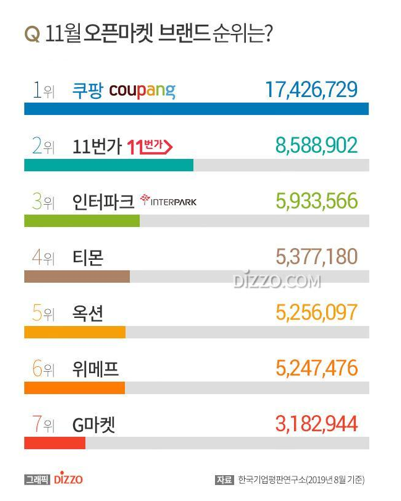Search engine Advertising in Korea
In order to enter the market or scale your campaigns in South Korea, you must first understand the Korean market. In other words, since Koreans generally are brand sensitive, you should raise your brand awareness among Korean target consumers to increase the value of your brand. Once consumers understand your brand value, there will naturally be a need to use your products or services. Therefore, you must develop content and build name recognition among the prospective customers in the Korean market.
To that aim, search engine advertising is one of the most essential platforms for online marketers.
What is SEA (Search Engine Advertising)?
Search engine advertising, or pay per click (PPC), is a marketing technique that shows your products and services to target customers on search engines with keywords. In other words, it is a method that induces customers to click on advertisements at the top of the search results. Once the target customers enter a certain keyword, they find the product they want to purchase or information they want to explore on your website or blog.
The following search engines are the most popular in Korea measured by their market share in Korea.
Korea’s Search Engines and Their Market Share
Courtesy: Internet trend
Naver, Google, and Daum are the most prominent search engines in Korea as of December 24, 2021.
According to a search engine market share analysis:
- Naver ranks top with an average market share of 47.59 percent when compared to the others.
- Google has a 42.08 percent average market share in South Korea, placing it second in the search engine market share.
- Daum had a 6.56 percent market share, and Bing retains a 0.85 percent market share.
In South Korea, Naver and Google are the most popular search engines, accounting for 89.67 percent of all search engine sites.
Two Search Engines With the Highest Market Share in Korea
Naver
| Ad type | Keyword, Brand Search, Blog, Video, Display |
| Search type | Exact match |
| Criteria for ad title | Up to 15 characters per ad |
| Conversion tracking | Google Tag Manager unavailable |
| Ad description | Up to 45 characters |
| Location | Can select Korea and other countries as a whole |
| Target | Website, online retailer, blog |
| Ad expansion | Available |
| UTM tag | Available |
| Application | API |
| Retargeting | Exemptive only with banner ads |
| Responsive ad | Unavailable |
In South Korea, Naver is the most used search engine. People market their businesses there and get exposure to a large number of people through Naver’s many services like Blog, Cafe, and Q&A, creating opportunities to meet more Korean consumers.
For example, if a dehumidifier firm wants to promote their products in the search results of a Korean search engine, they can buy the keyword “dehumidifier”. When the consumer types this keyword on Naver, they can see the company’s site address and description.
Naver ad types are: Powerlink, Biz site sections, Blogs, knowledge-iN, and Cafes that have partnered with Naver. Furthermore, marketers can easily pick and modify whether or not they want to be shown on the search or display network.
The most notable characteristic of the Google search engine is that different search results are displayed based on personalisation, such as country, language, and user profile. In other words, even though consumers search for the same keyword, the search results are specific to each person. This is due to the fact that each person has a unique set of languages, countries, and search history.
The general structure of Google’s search engine advertising is composed of the following types:
- Keyword
- Knowledge Panel
- Website
- Video
| Ad type | Keyword, video, GMB, display |
| Search type | Exact, Phrase, Broad |
| Criteria for ad title | 3 titles of up to 30 characters each |
| Conversion tracking | Google Tag Manager |
| Ad content | 2 descriptions of up to 90 characters each |
| Location | Can select Korea and other countries individually |
| Target | Website, app, video |
| Ad expansion | Available |
| UTM tag | Available |
| Application | Google Editor |
| Retargeting | Available |
| Responsive ad | Available |
To publish internet adverts on Naver, several company details must be shown on the website, although Google does not require it. Naver and KakaoTalk require an e-commerce registration when you have a payment gateway on your site. However, Google does not require it.
For branding strategies, search engines allow you to more successfully showcase your products to target consumers abroad. By providing good content with search keywords, global target consumers may sustain relationships with their brands through qualities such as trust, loyalty, and comfort, and make consumers aware of the brand’s worth. Furthermore, they address the needs of offshore target consumers by allowing them to gather information and, eventually, purchase products with confidence in the brand.
Bing
Bing is not commonly used as an advertising platform because it has fewer users and advertising efficiency is lower than on other platforms.
If you have questions or would like to know more, our team in the Luxembourg Trade & Investment Office in Seoul is there to help. Please get in touch https://www.investinluxembourg.kr/about-us/

